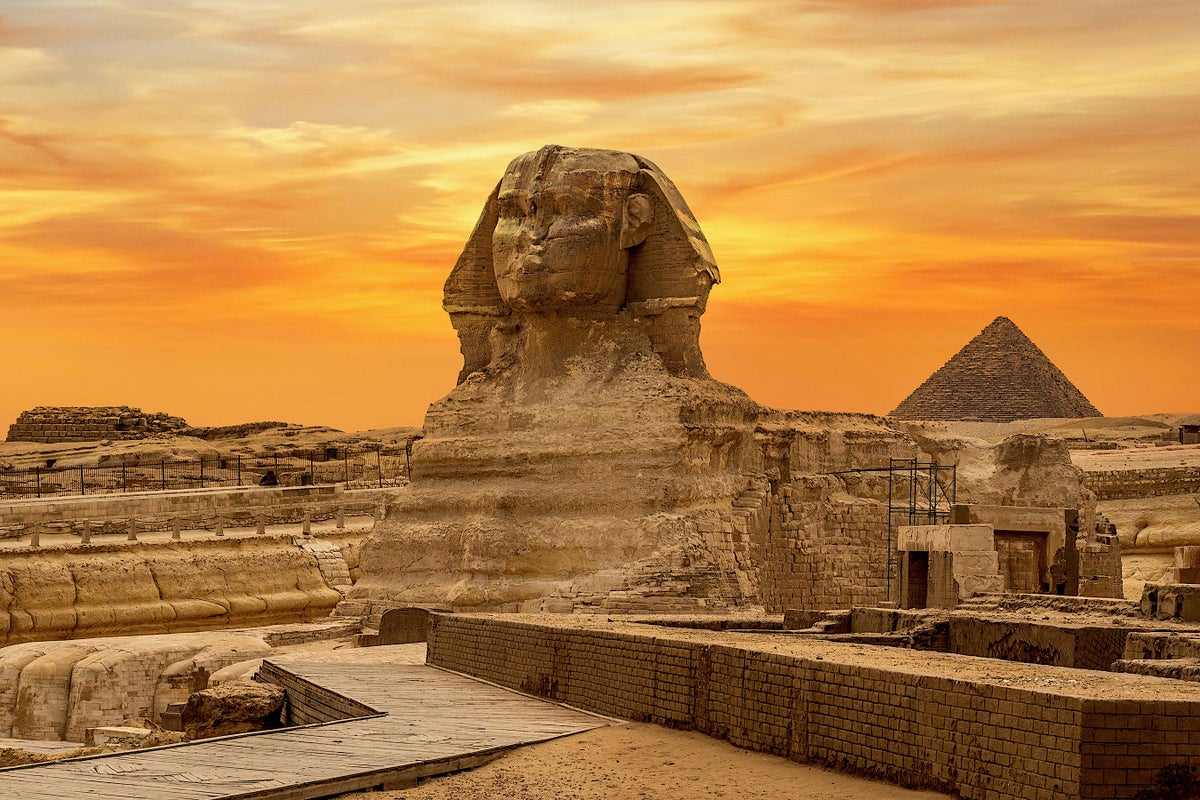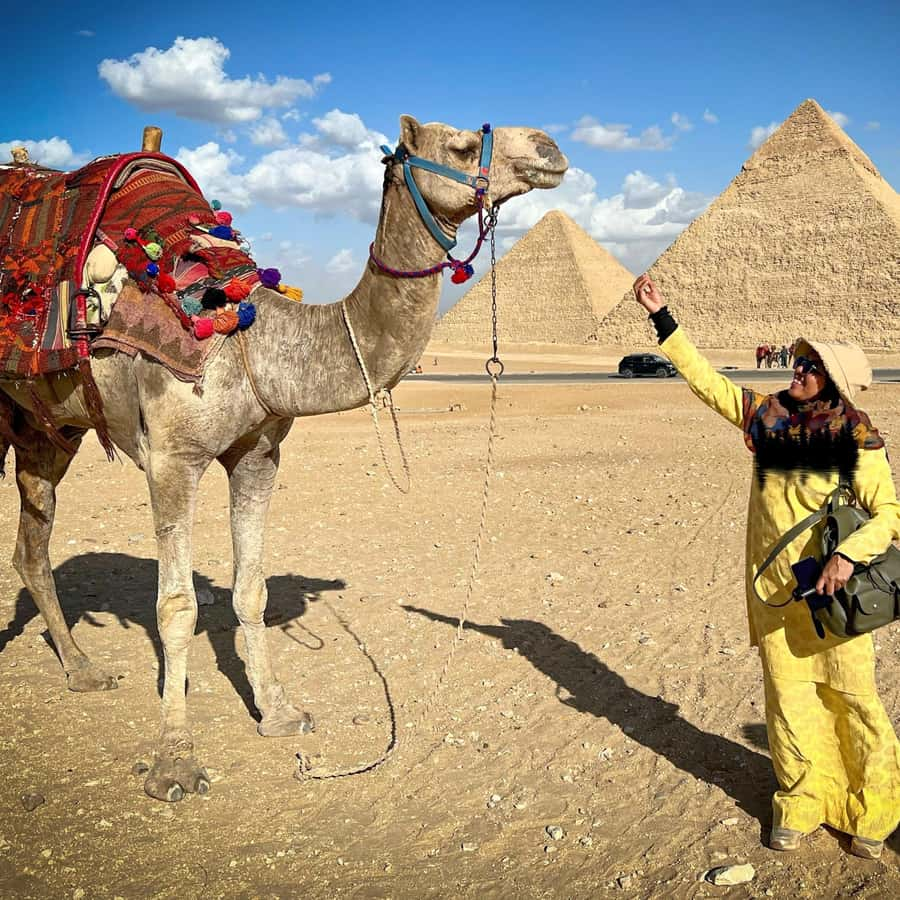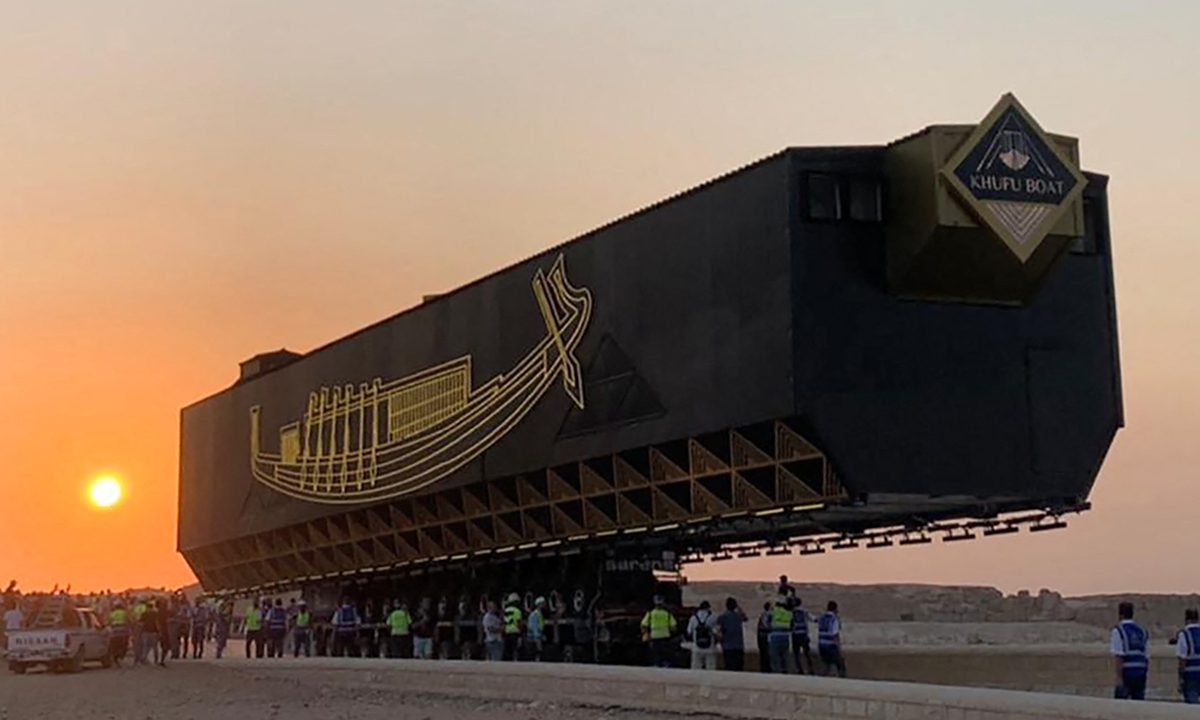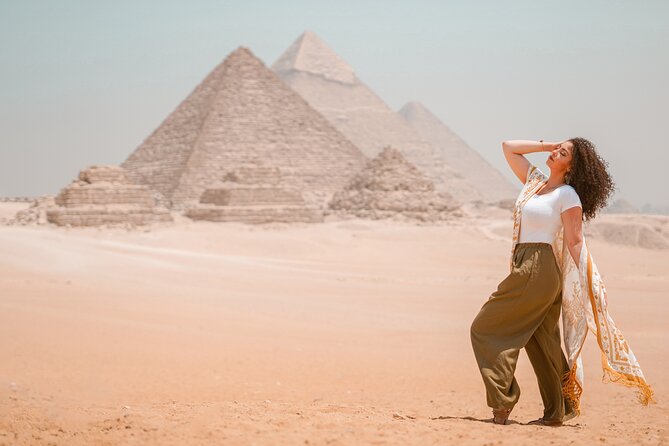Sphinx of Giza A Travel Experience Like No Other
he Great Sphinx of Giza—its gaze seems to transcend millennia, whispering tales of ancient Pharaohs and cryptic legends. More than just a statue, the Sphinx stands guard over the Giza Plateau, offering a travel experience like no other.

Sphinx of Giza A Travel Experience Like No Other
About the Sphinx
Carved from bedrock of the Giza Plateau between 2600–2500 BC, the Great Sphinx is widely believed to represent Pharaoh Khafre and forms part of his funerary complex
-
It measures an impressive 73 meters (240 feet) long and 20 meters (66 feet) high, making it one of the largest statues carved from a single piece of rock .
-
The limestone layers differ in hardness, leading to uneven erosion: softer mid-body has worn away, while head, carved from harder limestone, remains more intact
-
One of the Sphinx’s most iconic features—the missing nose—was lost long before Napoleon’s time, likely chiseled off during iconoclastic attacks in the medieval era
-
Between its paws rests the Dream Stele, placed there by Thutmose IV around 1400 BC, recounting the king’s dream and his restoration of the buried statue
Location & Getting There
-
Where: In Giza’s Al Haram district, just outside Cairo, the Sphinx shares the Giza Necropolis with the monumental pyramids of Khufu, Khafre, and Menkaure
-
Visitors typically take a 30–90 minute taxi ride from central Cairo, or opt for a metro to Giza followed by a short ride
-
Exploring the entire plateau, including the Sphinx, pyramids, Valley Temple, and panoramic viewpoints, usually takes 3 to 5 hours—half a day at least
From Downtown Cairo (Tahrir Square):
-
By Taxi/Uber: ~30–60 mins | ~$5–$10 USD
-
By Metro:
-
Take Line 2 to Giza Station
-
Then take a taxi (~15 mins) to Giza Plateau
-
At Giza Plateau:
-
Enter via Main Gate (Al Haram Street)
-
Walk straight toward the Valley Temple of Khafre
-
The Sphinx is directly in front of the temple
Google Maps:
Visiting: Timings & Costs
Opening Hours
-
Winter (Oct–Mar): 8:00 AM – 4:00 PM
-
Summer (Apr–Sept): 8:00 AM – 5:00 PM (last entry ~1 hour before closing)
Ticket Prices (2025 Estimates for Non-Egyptians)
-
General Admission (Giza Plateau):
(€16.50 / ~$17) -
Inside Great Pyramid (Khufu): ~900 EGP
-
Meresankh III Tomb: ~120 EGP
-
Sound & Light Show: Starting around $20 USD
Best Times to Visit
-
Early morning (5–8 AM): Cooler temperatures, fewer crowds, soft lighting perfect for photos
-
Late afternoon / Golden hour: Stunning backdrops and sunset views from Panoramic Point
-
Avoid Fridays & Saturdays, as weekends attract more local crowds
Highlights & Unique Experiences
Iconic Views: Stand face-to-face with the Sphinx, framed by the Pyramids of Giza — a photographer’s dream

Guided Tours: Egyptologist guides and audio tours bring history to life, revealing hidden myths and architectural secrets

Camel Rides: Ride around the plateau like ancient travelers—just haggle price first and check for ethical treatment

Valley Temple & Solar Boat Museum: Visit nearby historical treasures, including the legendary solar boat, rediscovered near the Great Pyramid

Sound & Light Show: Enjoy a dramatic nighttime spectacle where the Sphinx “speaks” and pyramids glow under colored lights


Photo Spots: Head to Panoramic Point and sunset vantage spots for breathtaking scenes of ancient architecture under golden skies

Travel Guides & Visitor Tips
-
Earth Trekkers – How to Visit the Pyramids of Giza
→ Practical tips, timings, ticket info, and what to expect. -
GetYourGuide – Sphinx & Pyramid Tours
→ Book tours that include the Sphinx, pyramids, and camel rides. -
Lonely Planet – Giza Travel Guide
→ Nearby attractions, transport advice, food, and more.
Tickets & Tours
-
Egypt Day Tours – Sphinx & Pyramids Packages
→ Local guides, full-day and half-day experiences. -
Viator – Giza Plateau Tours
→ Skip-the-line, early access, and private tour options.
Mysterious History of the Great Sphinx of Giza
Imagine standing in front of a giant lion with a human face, carved straight out of bedrock, guarding the Egyptian desert for more than 4,500 years. That’s the Great Sphinx of Giza—an ancient enigma wrapped in sand, legend, and timeless wonder.
🔹 Who Built the Sphinx?
Most historians believe the Sphinx was carved during the reign of Pharaoh Khafre (c. 2558–2532 BCE), the same ruler who built the second pyramid of Giza. It was likely meant to represent Khafre himself, combining human intelligence with the strength and power of a lion.
But here’s the twist:
-
The Sphinx may be even older than Khafre, according to some fringe theories and erosion studies.
-
No inscriptions directly link the statue to any pharaoh, making its origin still open to debate
The Missing Nose & Hidden Chambers
Everyone notices the missing nose, but few know the full story.
-
One popular myth says Napoleon’s troops shot it off, but sketches from earlier centuries prove it was already gone.
-
Historians now believe it was deliberately chiseled off around the 14th century during religious iconoclasm.
And what about hidden chambers?
-
Some archaeologists believe there may be rooms beneath the Sphinx, possibly used for rituals or burials, but no conclusive discoveries have been made—adding to the mystery.
🔹 The Dream Stele: A Pharaoh’s Vision
Between the Sphinx’s paws lies the Dream Stele, placed there by Thutmose IV.
According to the stele, as a young prince, he fell asleep in the Sphinx’s shadow and dreamed the Sphinx promised him the throne if he cleared the sand covering its body.
He did—and became king. A divine promotion!
Sphinx of Giza A Travel Experience Like No Other
From sunrise photo ops and camel rides to deciphering old legends beneath the scorching sun, every moment here leaves a mark—not just in your photos, but in your memory.
So if you’re planning a trip to Egypt, don’t just see the Sphinx—feel it, explore it, and let its ancient presence inspire your modern journey.






[…] Sphinx of Giza A Travel Experience Like No Other […]
[…] Sphinx of Giza A Travel Experience Like No Other […]
[…] Sphinx of Giza A Travel Experience Like No Other […]